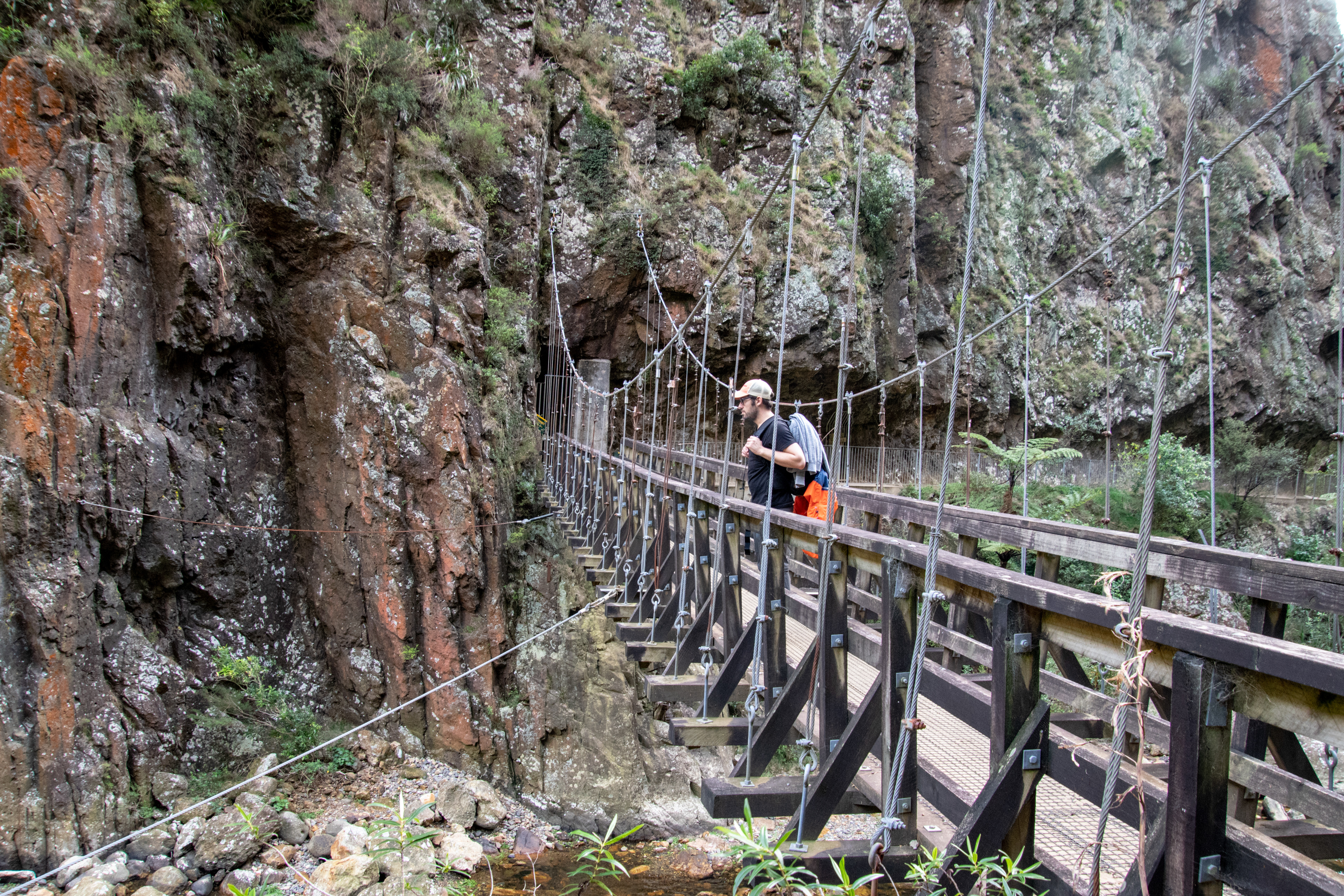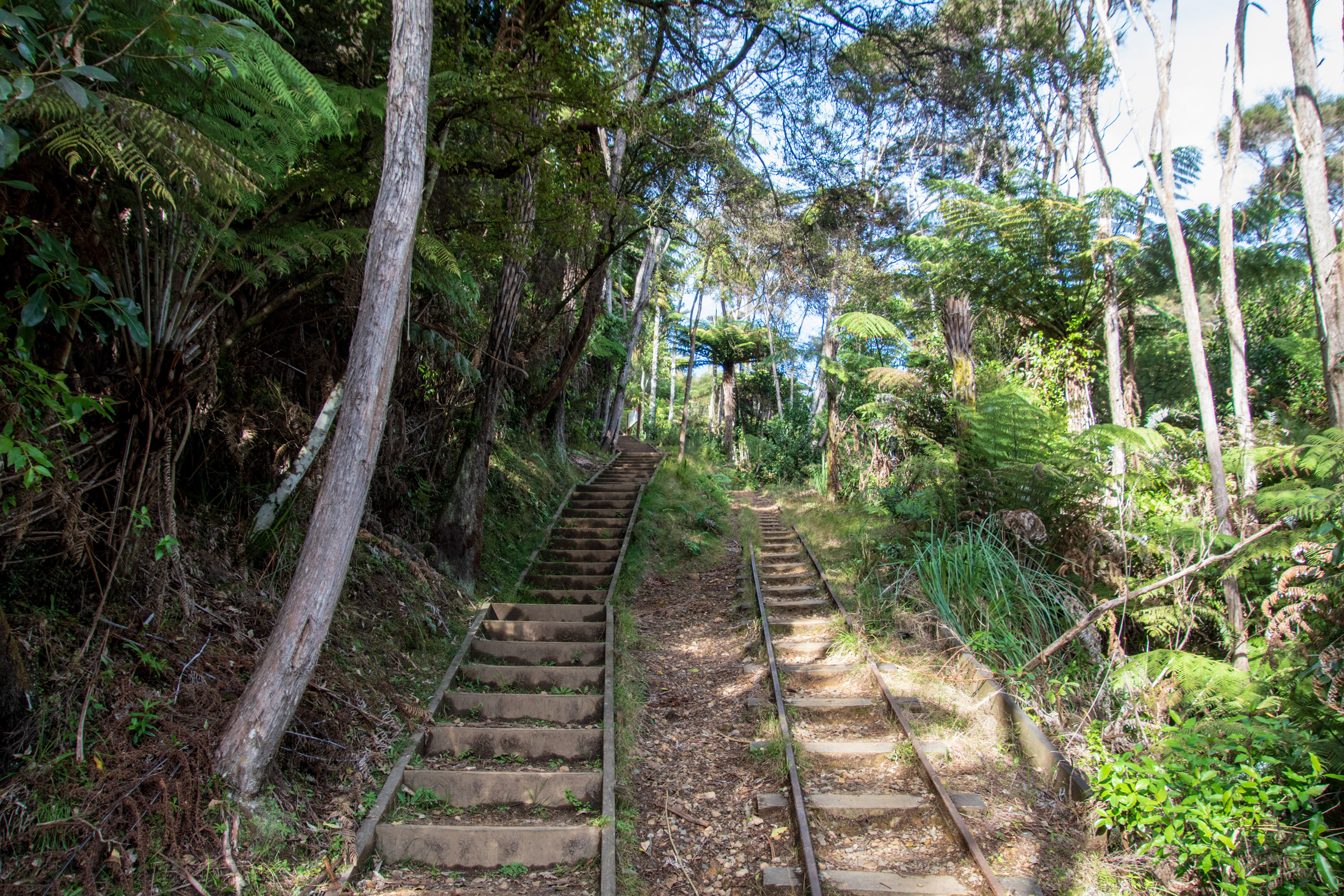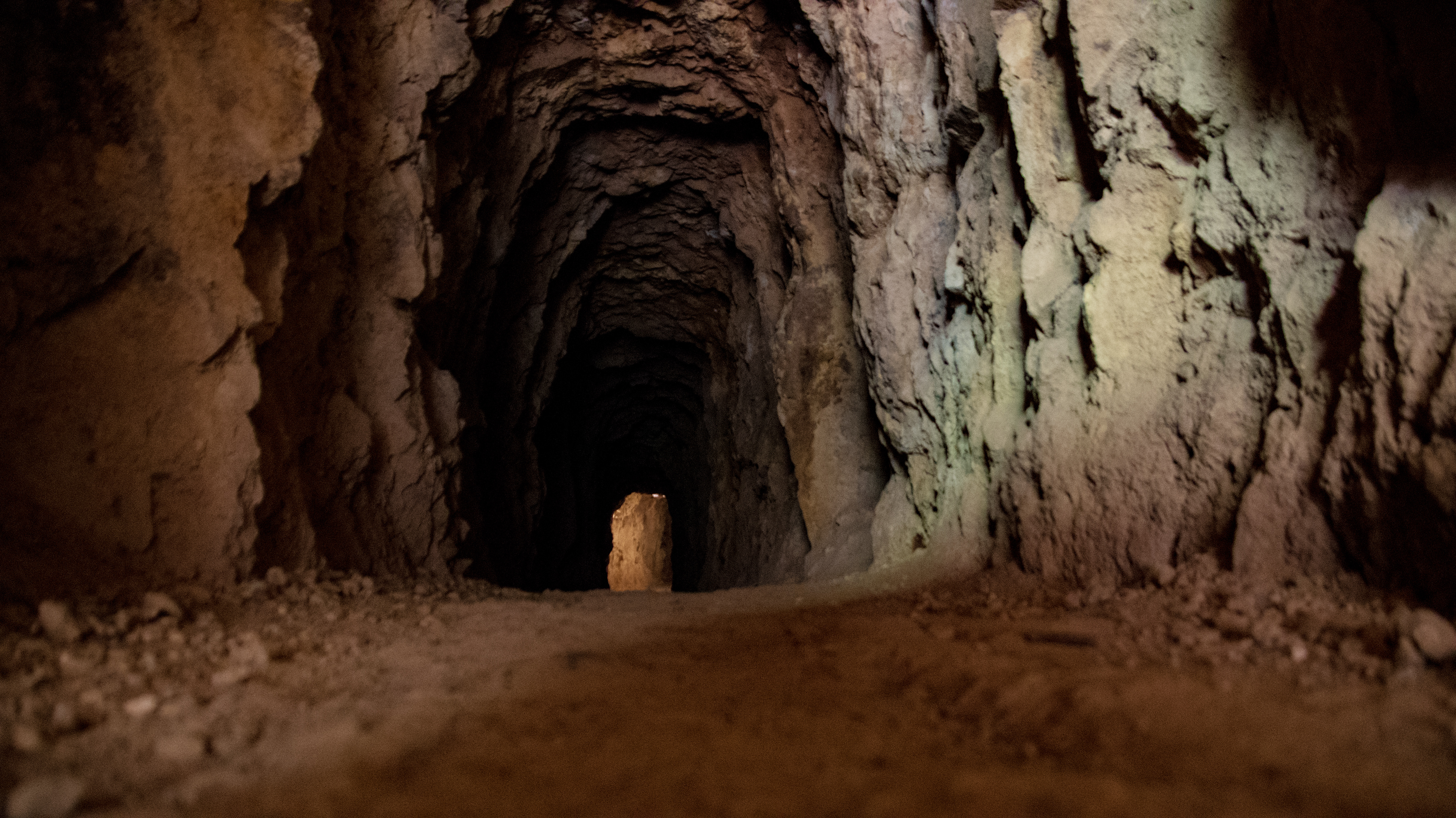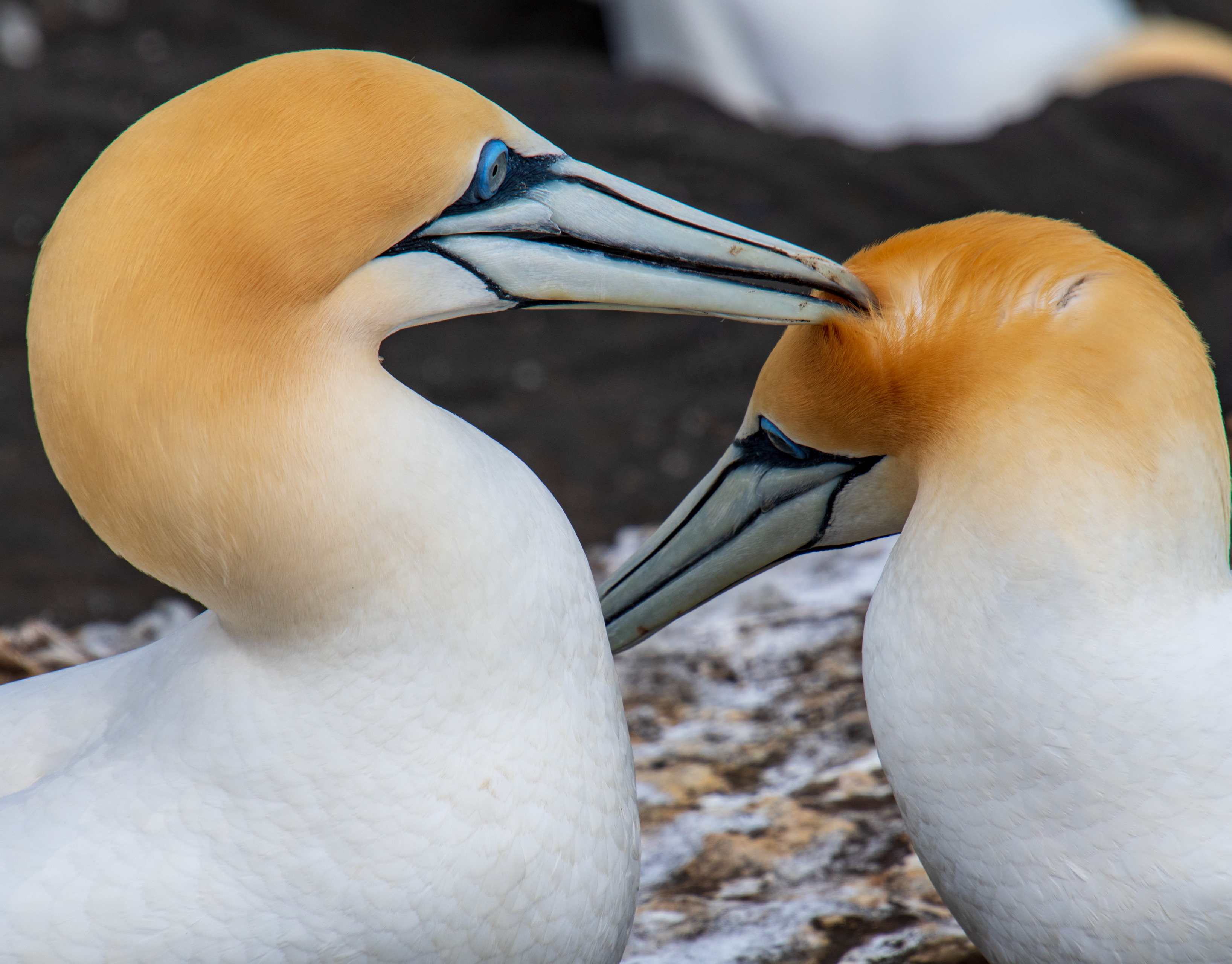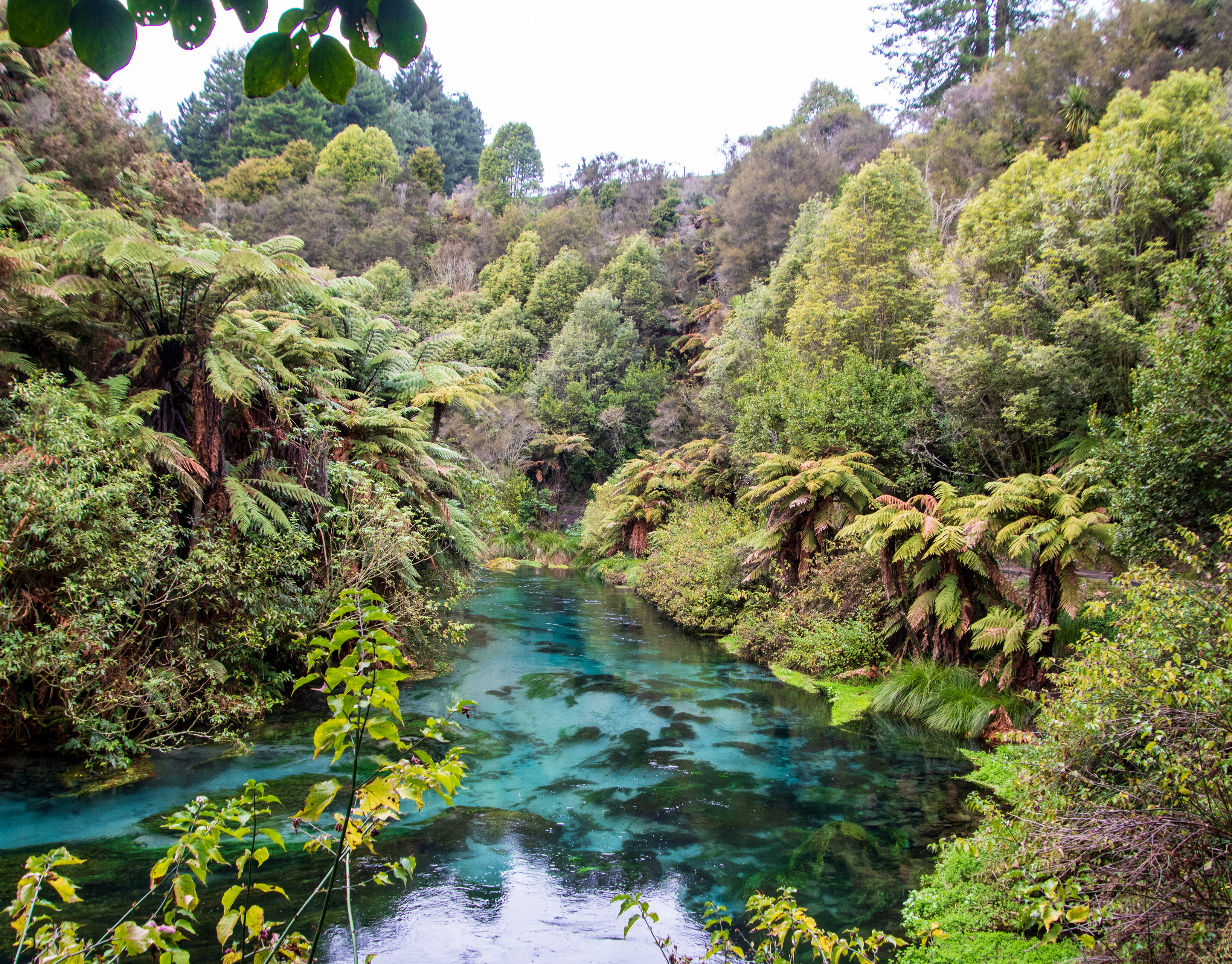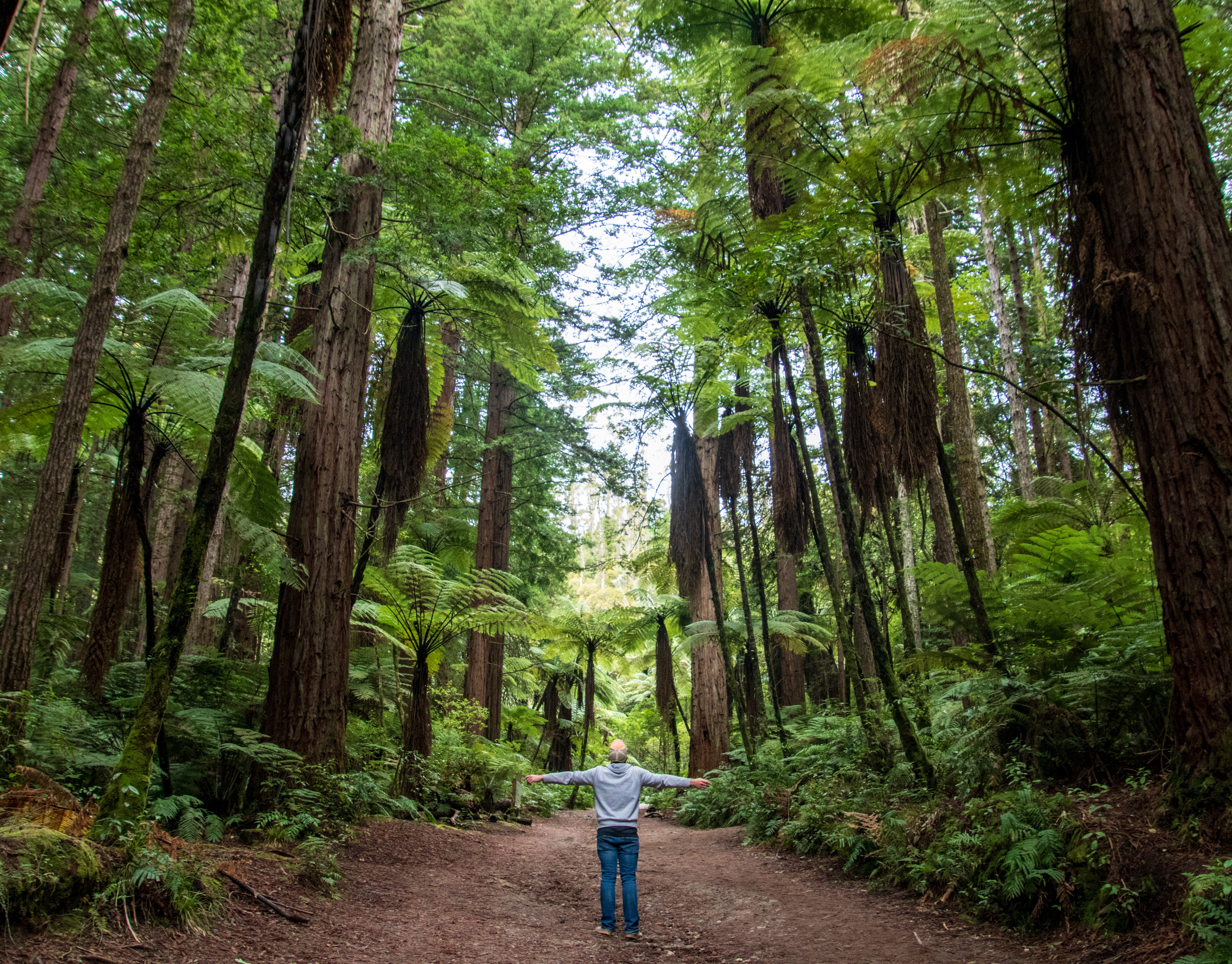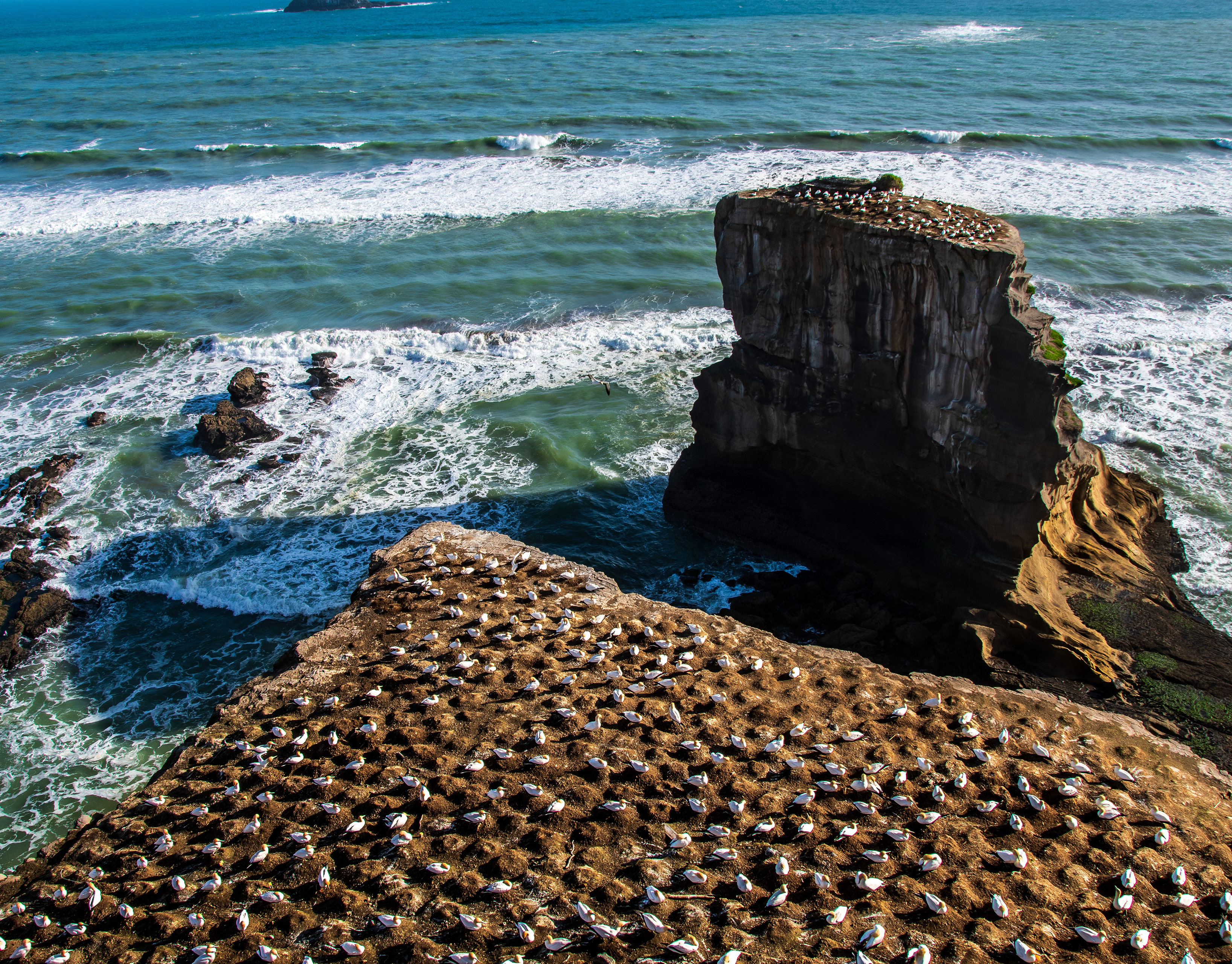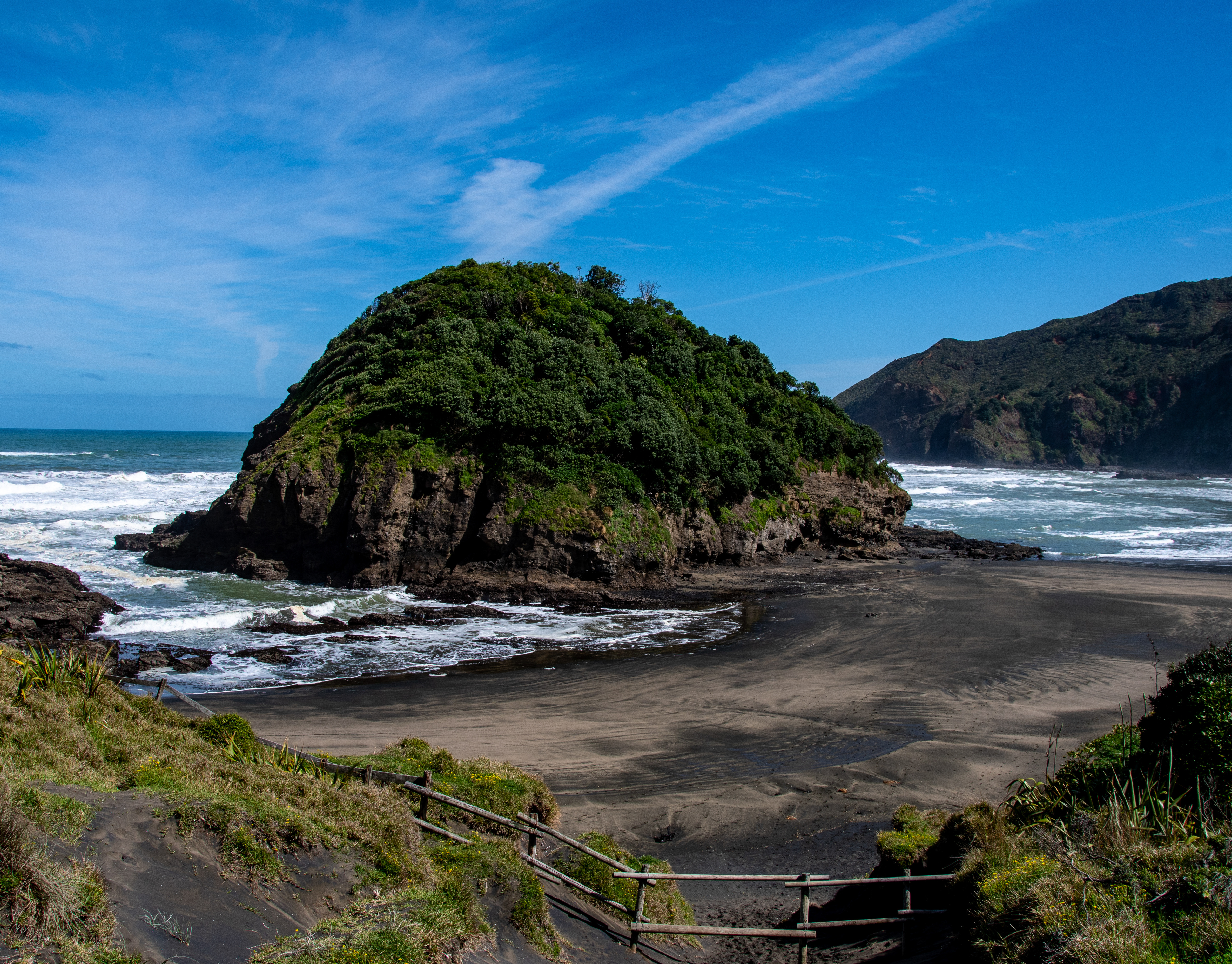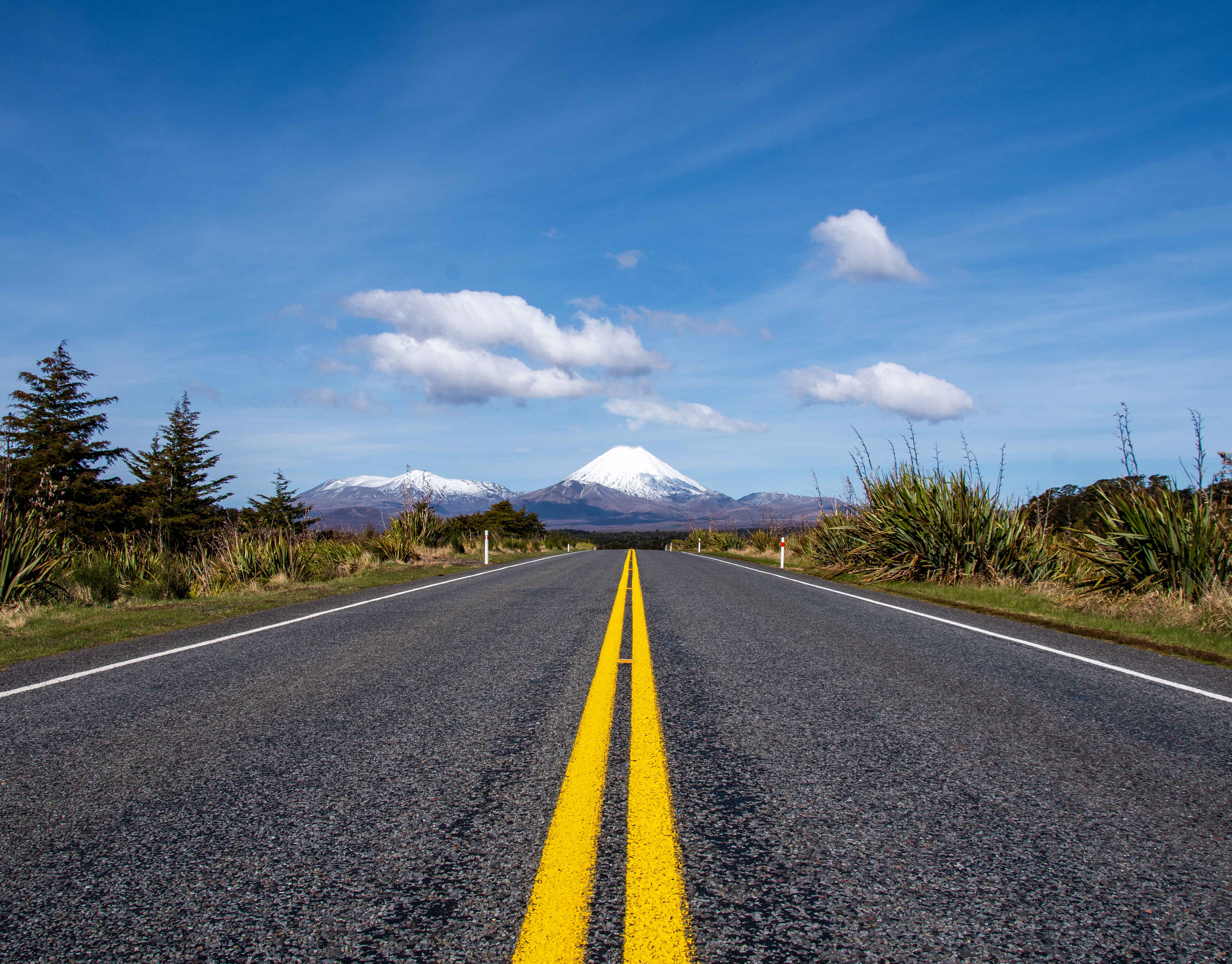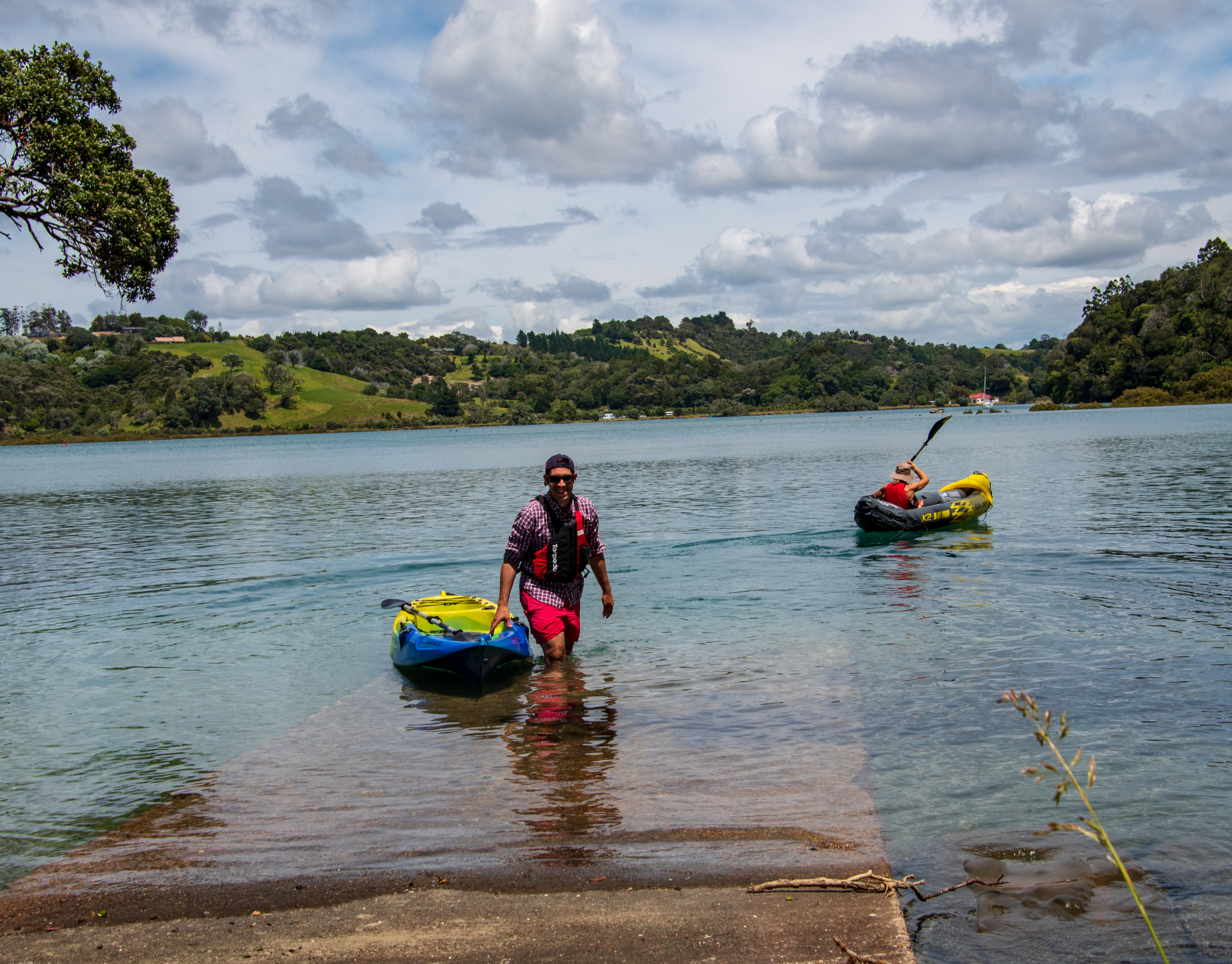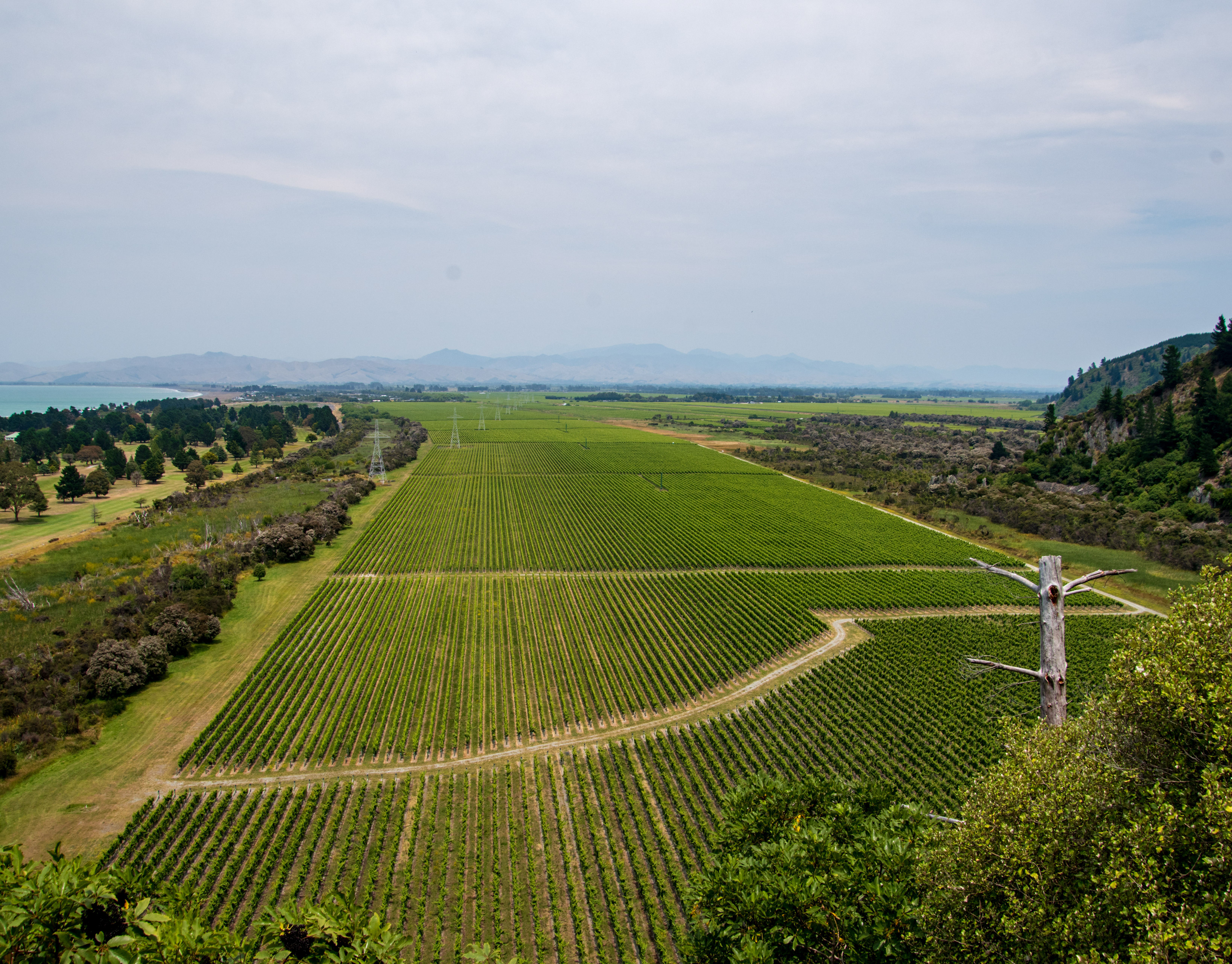Sunrise Over The Coromandel
The Coromandel, renowned for its pristine beaches, misty forests and laid-back vibe, is one of New Zealand's most popular holiday destinations. A binocular’s view across the gulf from Auckland, The Coromandel is everything that a big city isn’t. With a mountainous interior cloaked in native rainforest and more than 400 kilometres of dazzling white sand beaches, it is rustic, unspoiled and relaxed.
The Pinnacles Walk
The Pinnacles Walk follows the original steps constructed for packhorses which carried supplies for kauri loggers, gum diggers and gold miners who plundered the area in the early 1900’s.
The stunning 8 hour walk to the craggy Pinnacles traverses through groves of nikau palms, huge rata trees, and across streams and swing-bridges. Enjoy the river crossing if using Billy Goat Landing as your way down. (Verify the water level before)
The stunning 8 hour walk to the craggy Pinnacles traverses through groves of nikau palms, huge rata trees, and across streams and swing-bridges. Enjoy the river crossing if using Billy Goat Landing as your way down. (Verify the water level before)
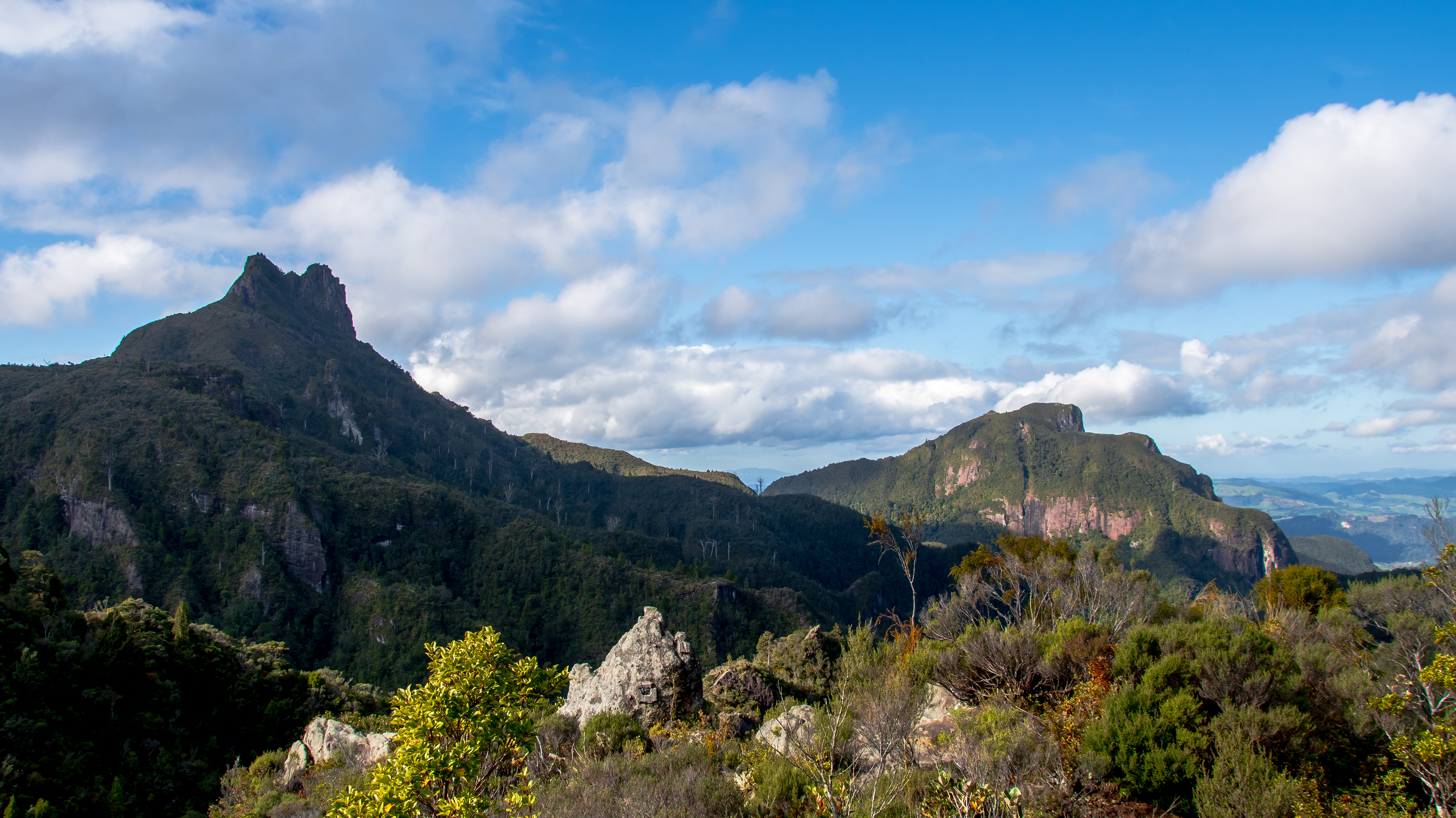
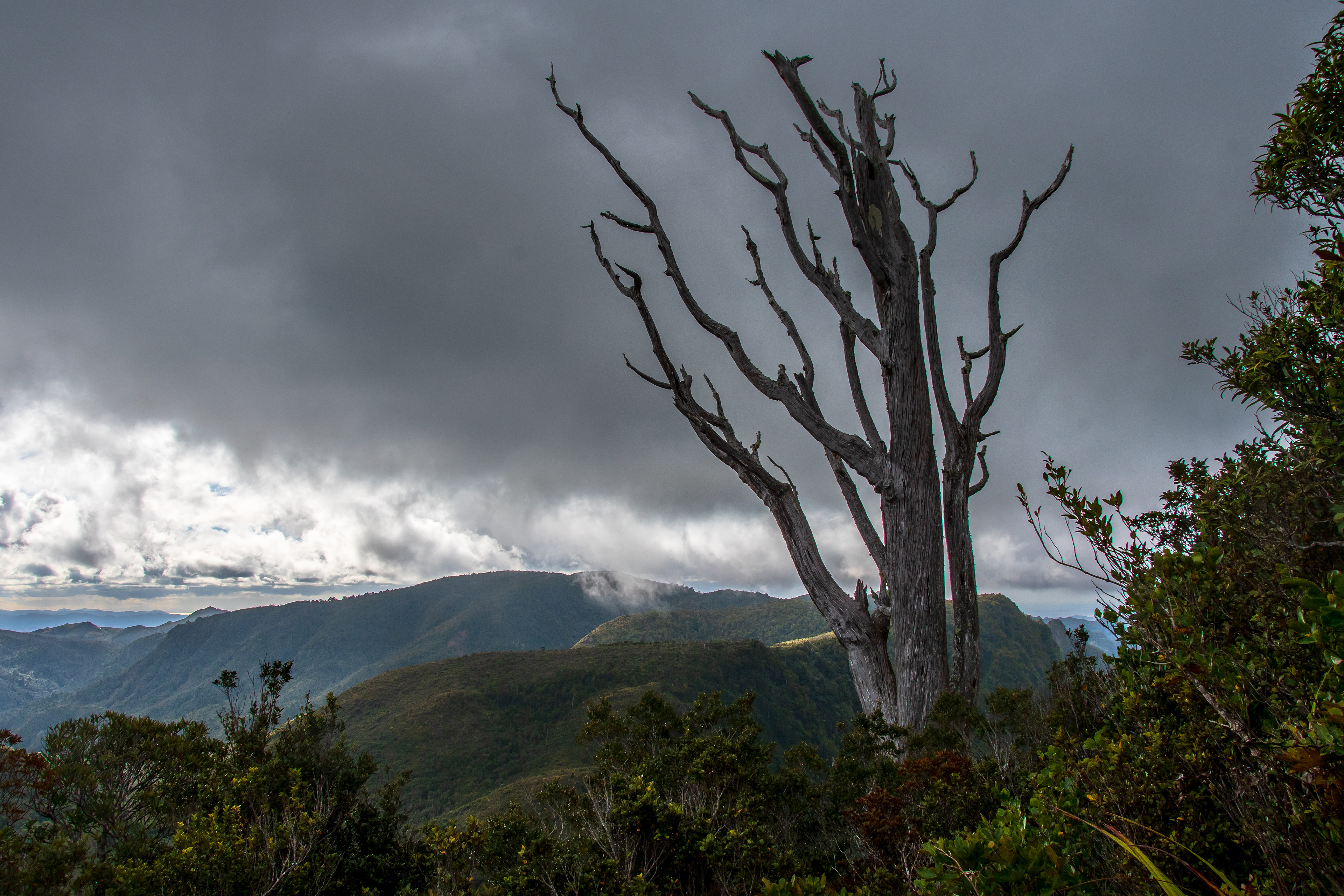

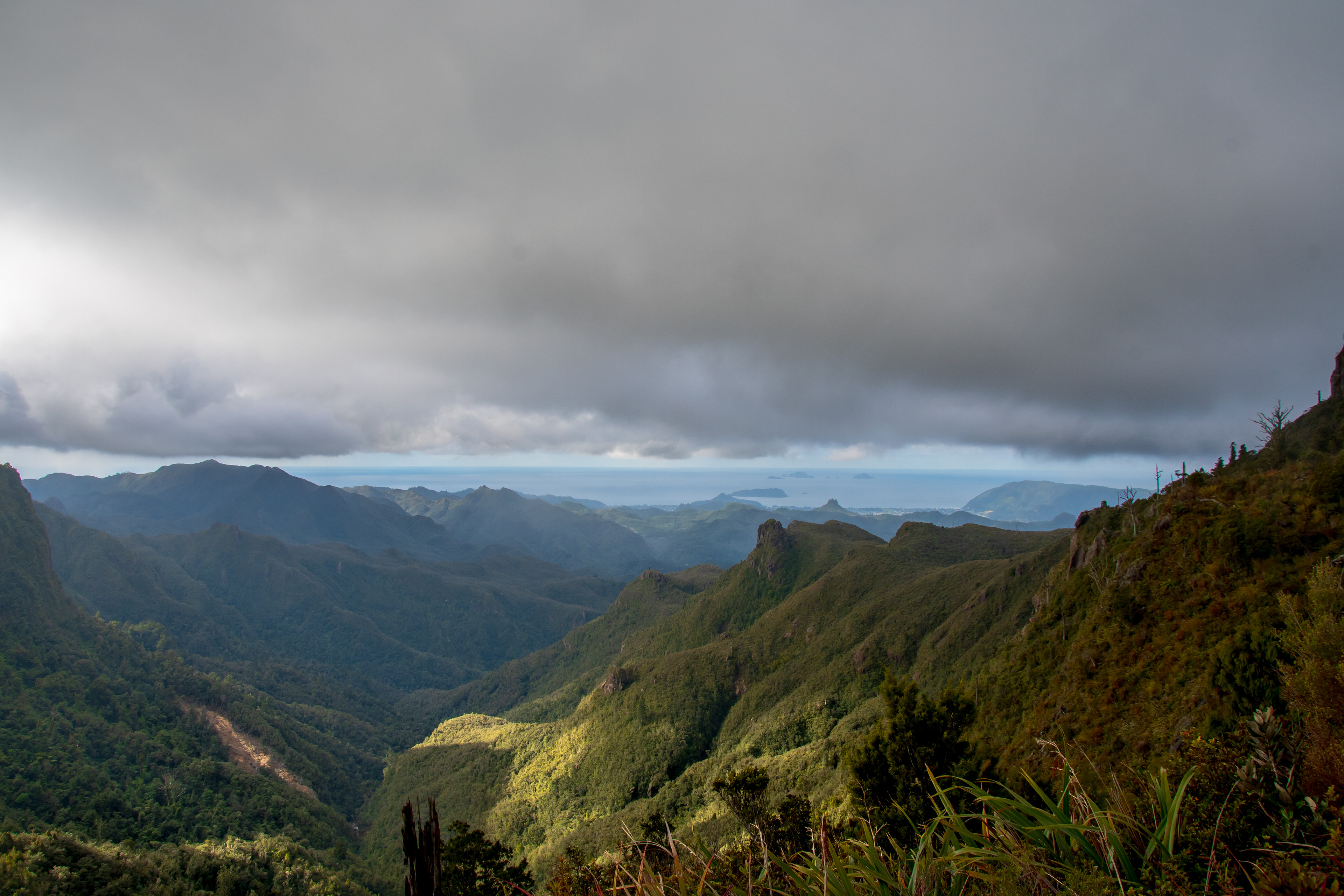
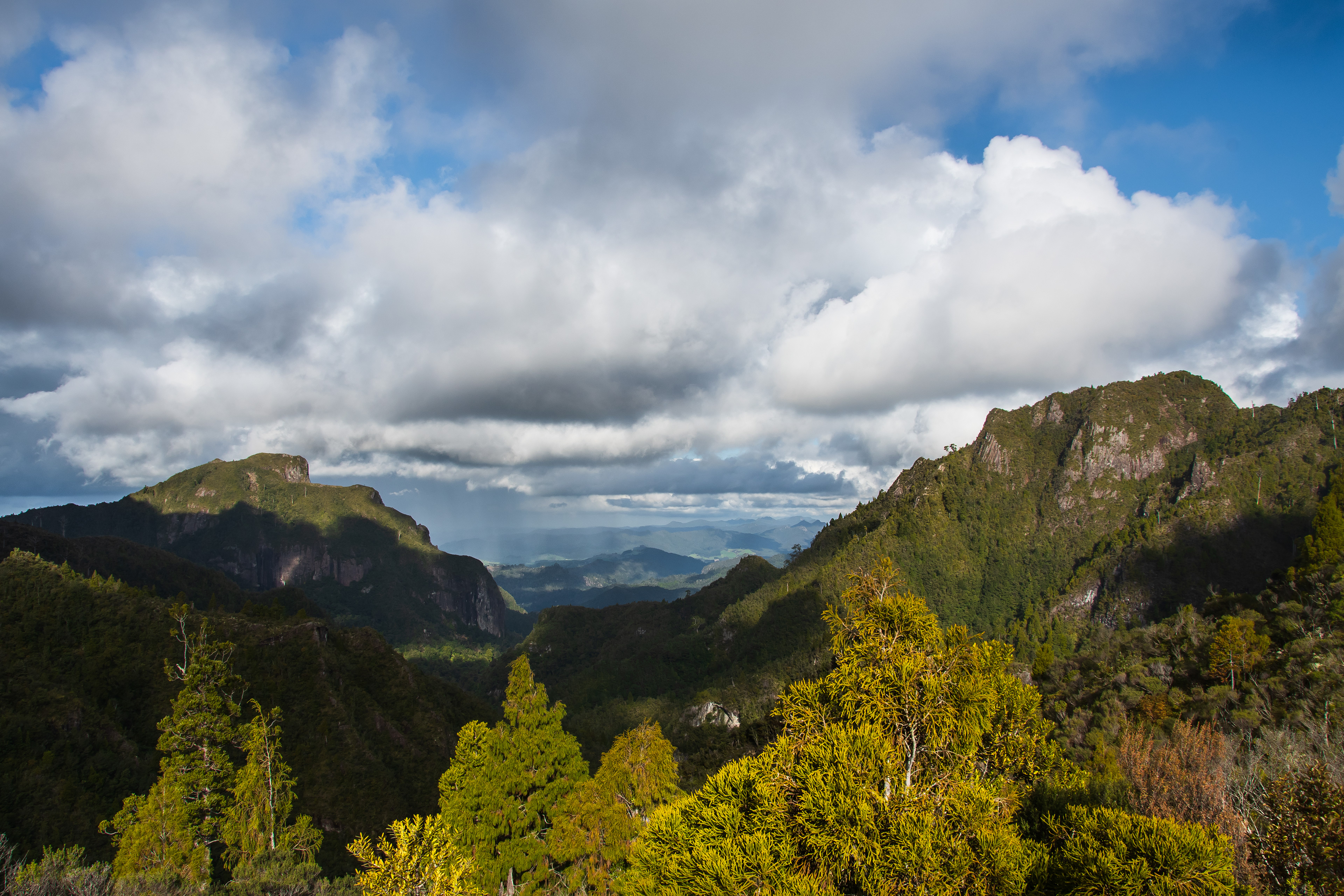
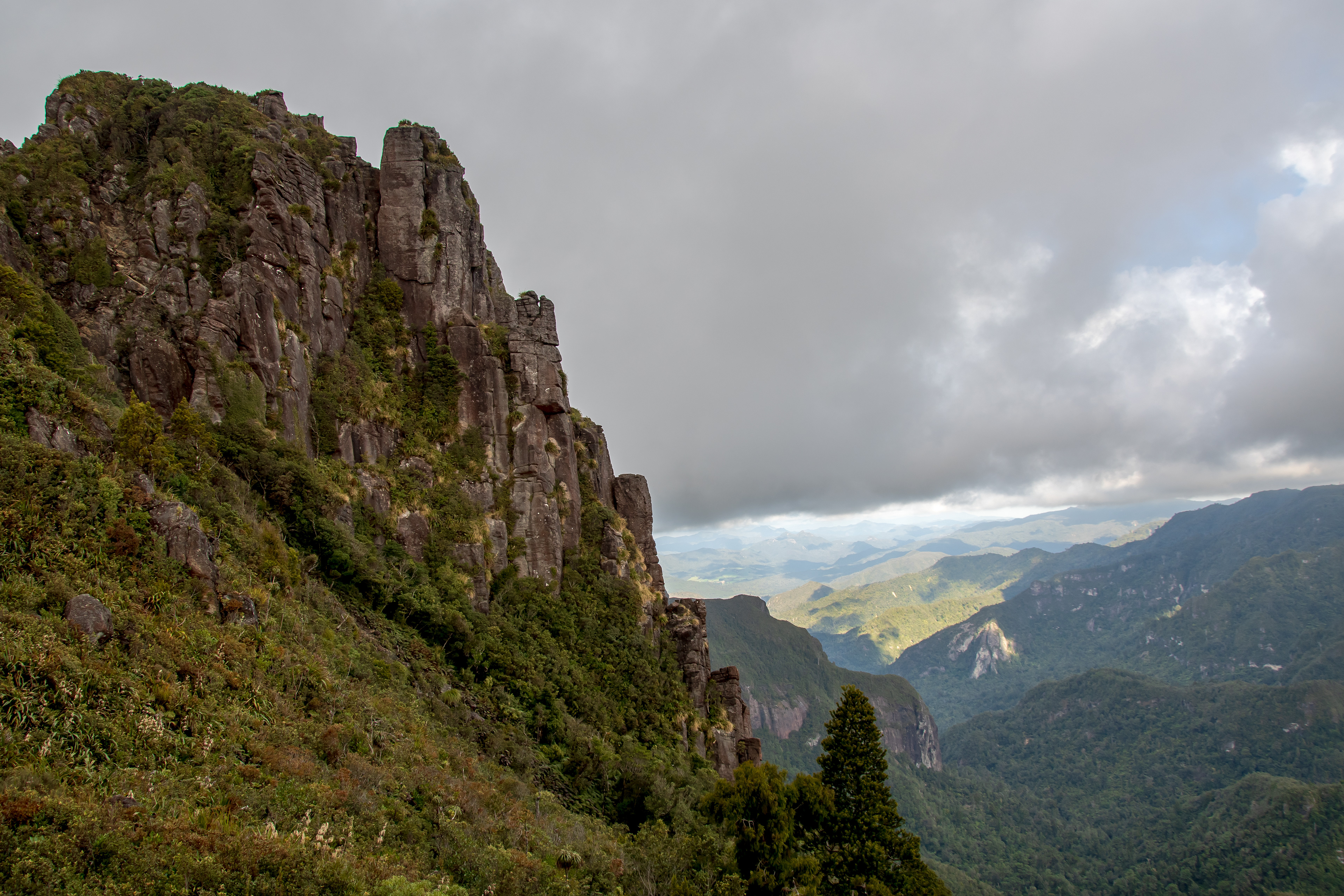
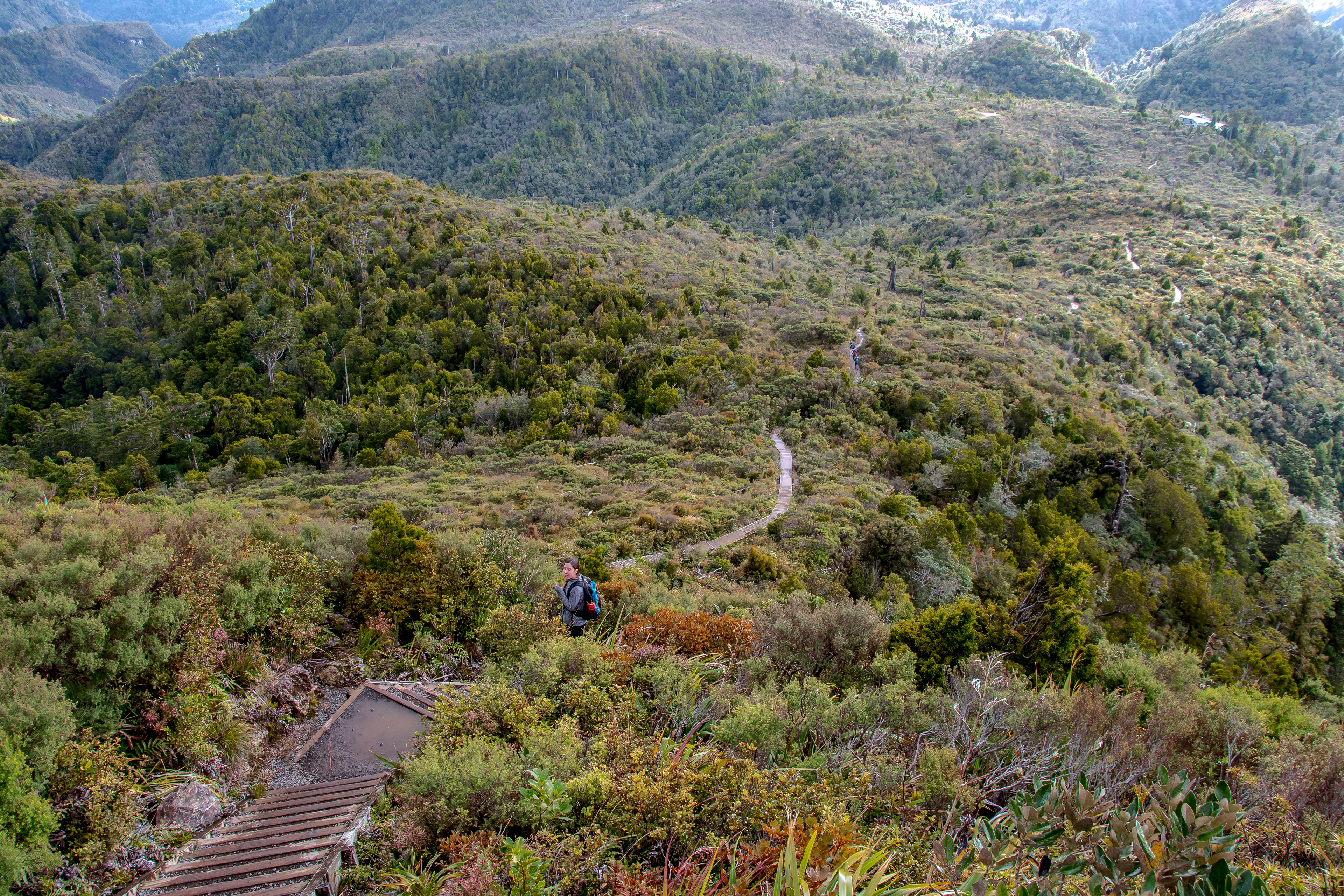
Karangahake Gorge, Start of the Coromandel
Situated at the base of the Coromandel Range, the Karangahake Gorge Historic Walkway follows the old railway line between Paeroa and Waihi, giving access to impressive remains from the mining and railway eras. The Karangahake Gorge region combines gold mining history and natural beauty, much of it accessible through a variety of walks.
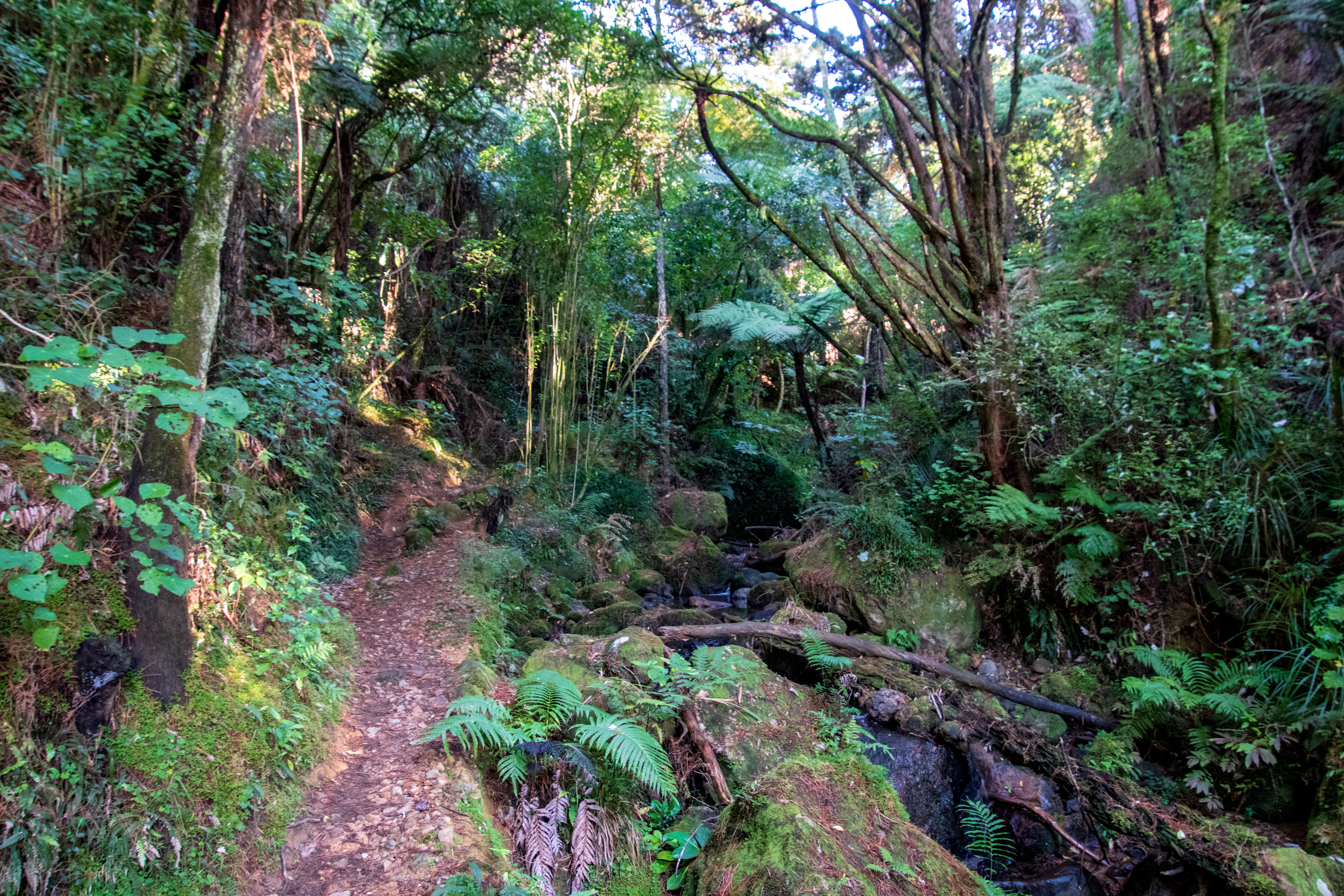


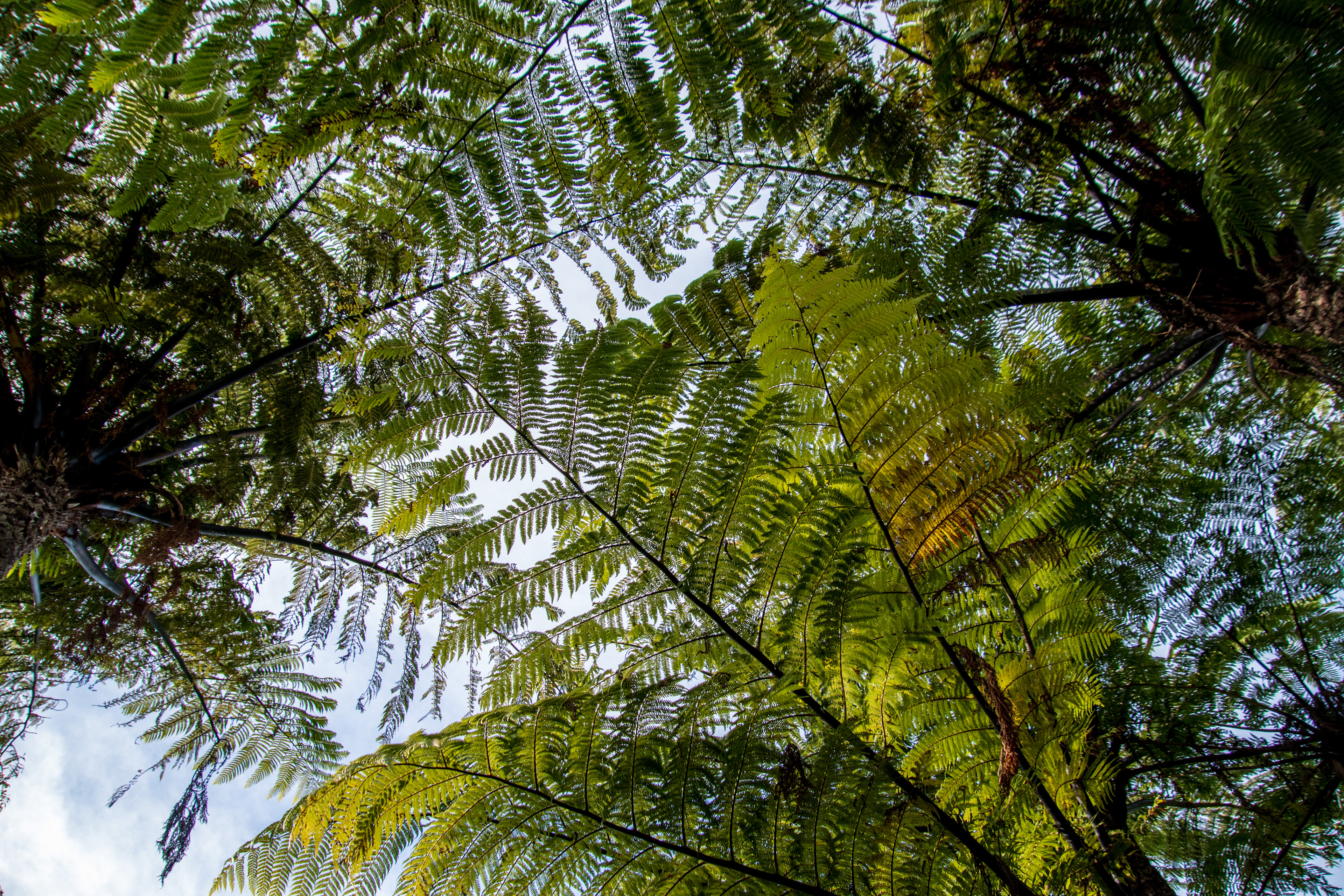
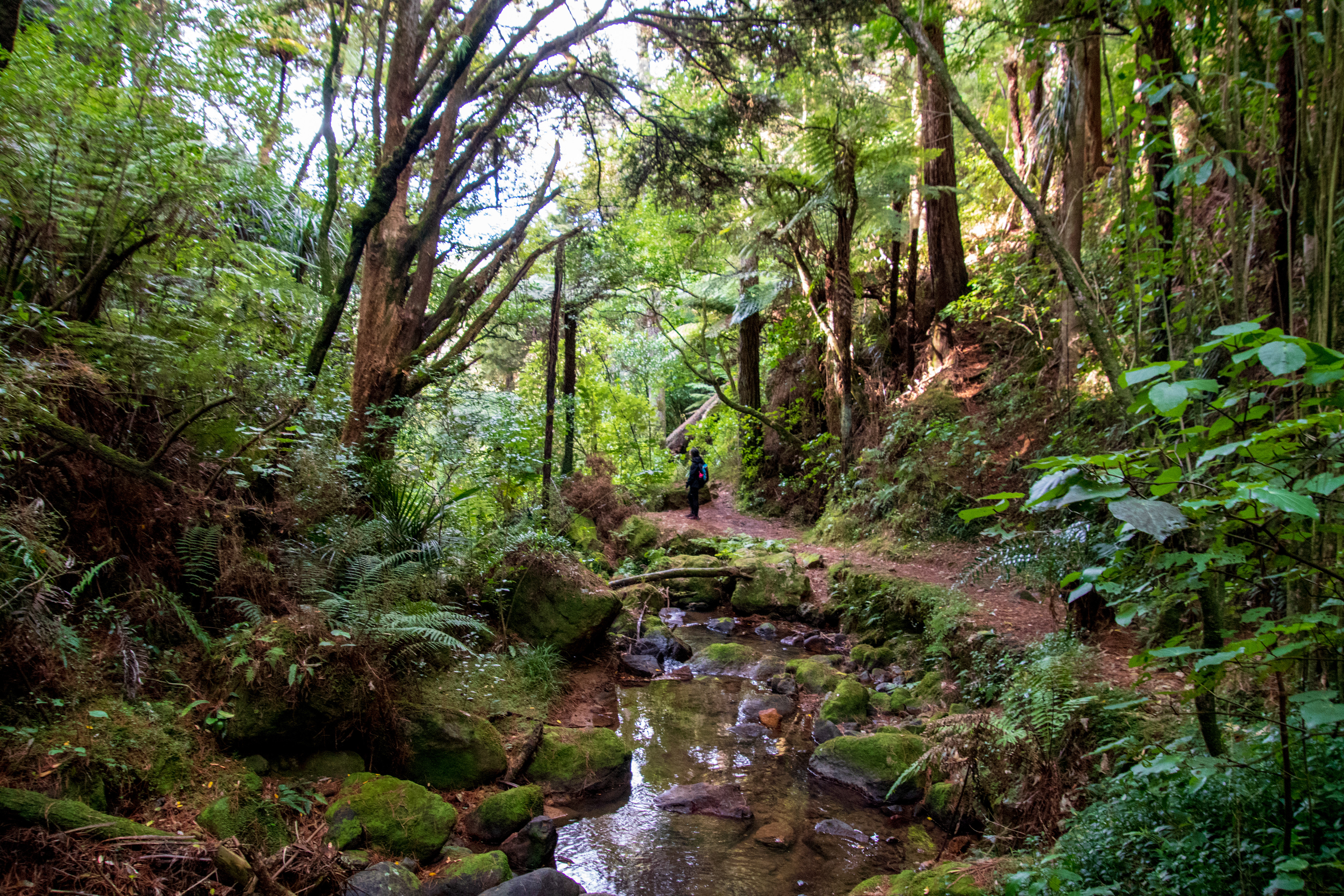
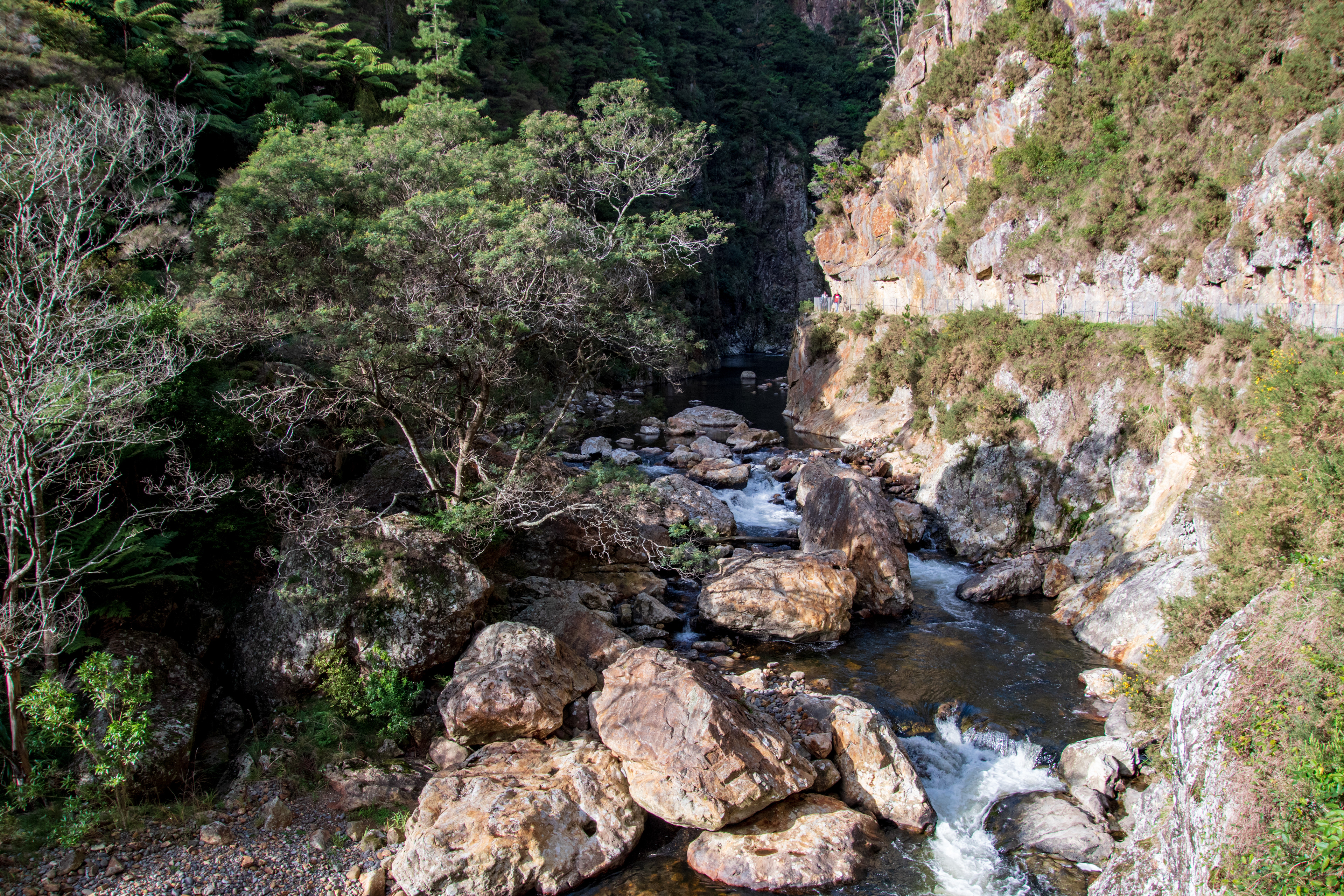
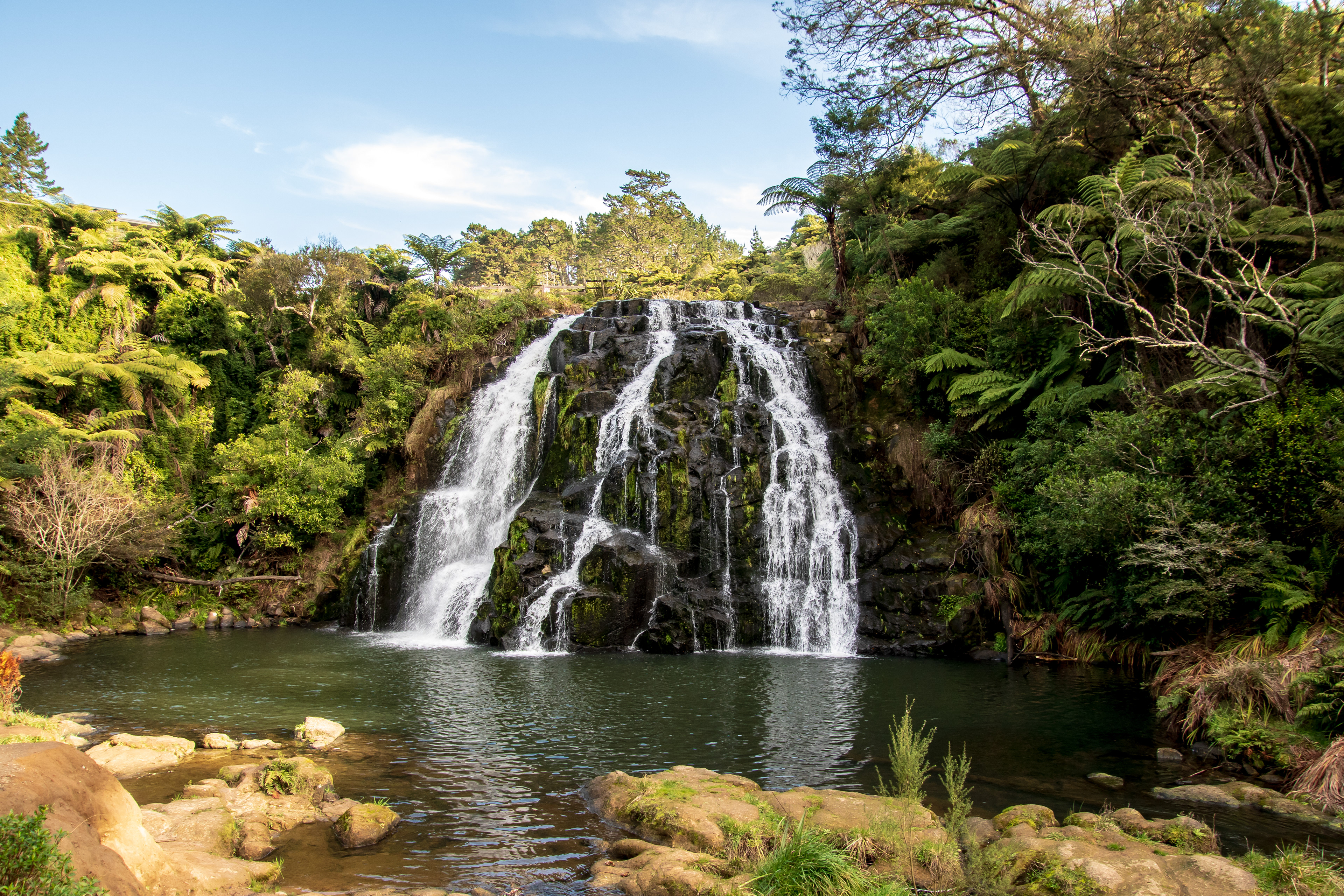
Gold Mining in the Karangahake Gorge
The area has a strong connection to mining, and even in the 2010s, a number of companies have been prospecting and mining the area, though with much less visible and invasive methods than were used historically. The Talisman, Crown and Woodstock stamping battery remains at the lower end of the gorge are some of the most significant reminders of the time. Their location at the confluence of the Waitawheta River and the Ohinemuri River was chosen to make use of the available water power of the rivers. Mining at the batteries occurred roughly from the 1880s to 1950s, with the most productive years around the turn of the century, when the area produced 60 percent of the total gold from New Zealand. The batteries used to crush the ore from the extensive tunnels mined through the steep local mountainsides of the Waitawheta Gorge, with the Victoria Battery one of the largest and most advanced at the time.
